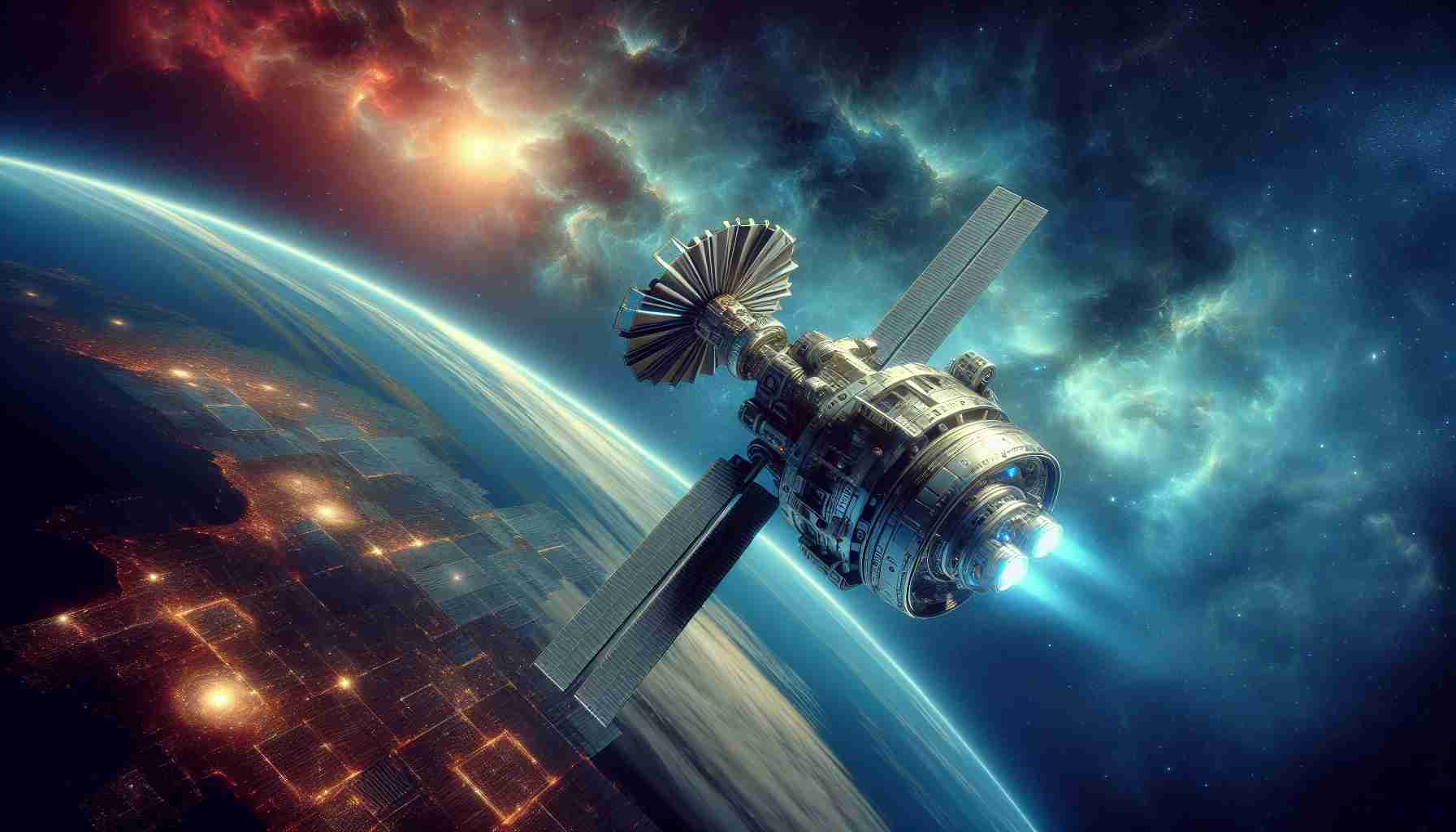
In a remarkable demonstration of technological prowess, Boeing engineers unleashed the power of the Saturn V rocket fifty-five years ago, propelling humans to the moon with 7.5 million pounds of thrust.
Fast forward to the present, where a new chapter unfolds in space exploration. Astronauts Suni Williams and Butch Wilmore, aboard the Boeing Starliner spacecraft, found themselves facing an unexpected extension of their stay at the International Space Station. Originally scheduled for just over a week, the duo now awaits a return trip in February due to technical glitches that have rendered the spacecraft too precarious for the journey home.
While NASA insists the astronauts are not in immediate danger, the situation paints a troubling picture of Boeing’s recent space endeavors.
The setbacks with the Starliner spacecraft not only disrupt the astronauts’ plans but also cast a shadow over NASA’s ambitious Artemis program, where Boeing plays a critical role. Concerns about Boeing’s engineering missteps have even raised alarms among retired astronauts, signaling a significant loss of confidence in the company’s capabilities.
As NASA grapples with the implications of potential “multiple failures” in the Starliner’s propulsion system, the future of space exploration hangs in a delicate balance.
Boeing’s Space Odyssey: Delving Deeper into Challenges and Controversies
While the recent incident involving the Starliner spacecraft and the extended stay of astronauts Suni Williams and Butch Wilmore at the International Space Station due to technical glitches has captured headlines, there are several additional facets to Boeing’s space journey that warrant attention.
What are the key challenges Boeing is facing in its space endeavors?
Boeing is confronted with a series of challenges that extend beyond the recent setbacks with the Starliner spacecraft. One major question that arises is the adequacy of Boeing’s quality control measures and engineering processes, as evidenced by the issues plaguing the spacecraft. Moreover, the company’s reputation and credibility in the space industry have come under scrutiny, leading to doubts about its ability to deliver safe and reliable space transportation solutions.
What are the advantages and disadvantages associated with Boeing’s involvement in space exploration?
One of the advantages of Boeing’s participation in space exploration is its rich history and expertise in aerospace technology, garnered over decades of pioneering work. The company’s contributions to pivotal missions, such as the Saturn V rocket that propelled humans to the moon, underscore its significant role in advancing space exploration. However, the recent string of technical failures and concerns about safety raise doubts about Boeing’s reliability and may overshadow its achievements in the field.
The company’s involvement in NASA’s Artemis program, aimed at returning humans to the moon and eventually sending astronauts to Mars, holds promise for future space exploration endeavors. Yet, the challenges faced by Boeing in ensuring the safety and success of its spacecraft pose a potential obstacle to the realization of these ambitious goals.
Key Questions:
– How will Boeing address the engineering shortcomings that have compromised the safety of its spacecraft?
– What steps is Boeing taking to regain the trust of NASA and the broader space community?
– What impact could the recent setbacks have on the timeline and success of NASA’s Artemis program?
As Boeing navigates these challenges and endeavors to overcome the obstacles in its path, the fate of its space odyssey hangs in the balance, with implications not only for the company but also for the future of space exploration as a whole.
For more information on Boeing’s space endeavors and the broader landscape of space exploration, visit Boeing’s official website.



